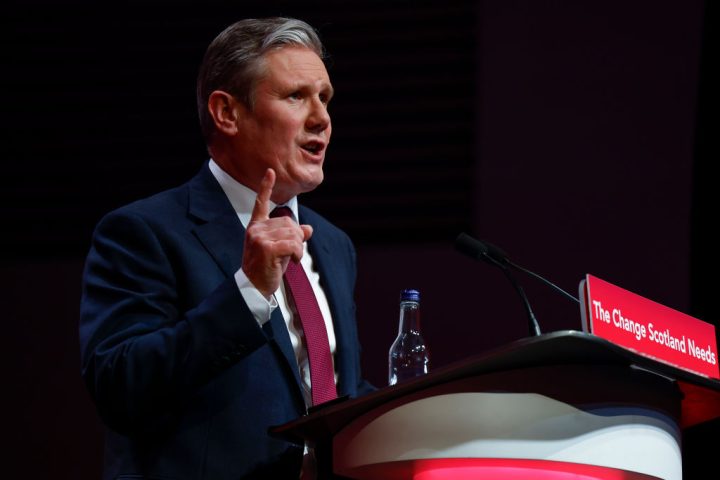Conservatives are currently reassuring themselves that a general election defeat is not inevitable because, as Nadine Dorries put it recently, ‘There is no love for Keir Starmer on the doorstep’. This line has been heard many times since the by-election defeats in Wellingborough and Kingswood last week. In the aftermath of those by-elections, the Conservatives pointed to the low voter turnouts and argued that Labour wasn’t adding any more votes to their 2019 totals.
Already a subscriber? Log in
Subscribe for just $2 a week
Try a month of The Spectator Australia absolutely free and without commitment. Not only that but – if you choose to continue – you’ll pay just $2 a week for your first year.
- Unlimited access to spectator.com.au and app
- The weekly edition on the Spectator Australia app
- Spectator podcasts and newsletters
- Full access to spectator.co.uk
Or




















Comments
Don't miss out
Join the conversation with other Spectator Australia readers. Subscribe to leave a comment.
SUBSCRIBEAlready a subscriber? Log in